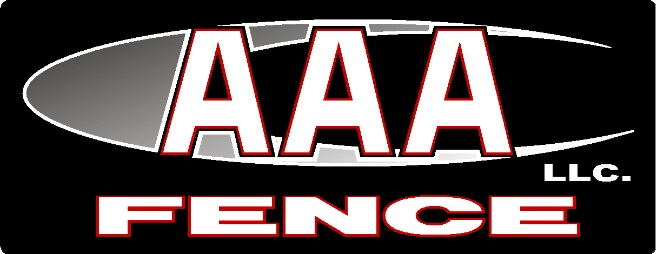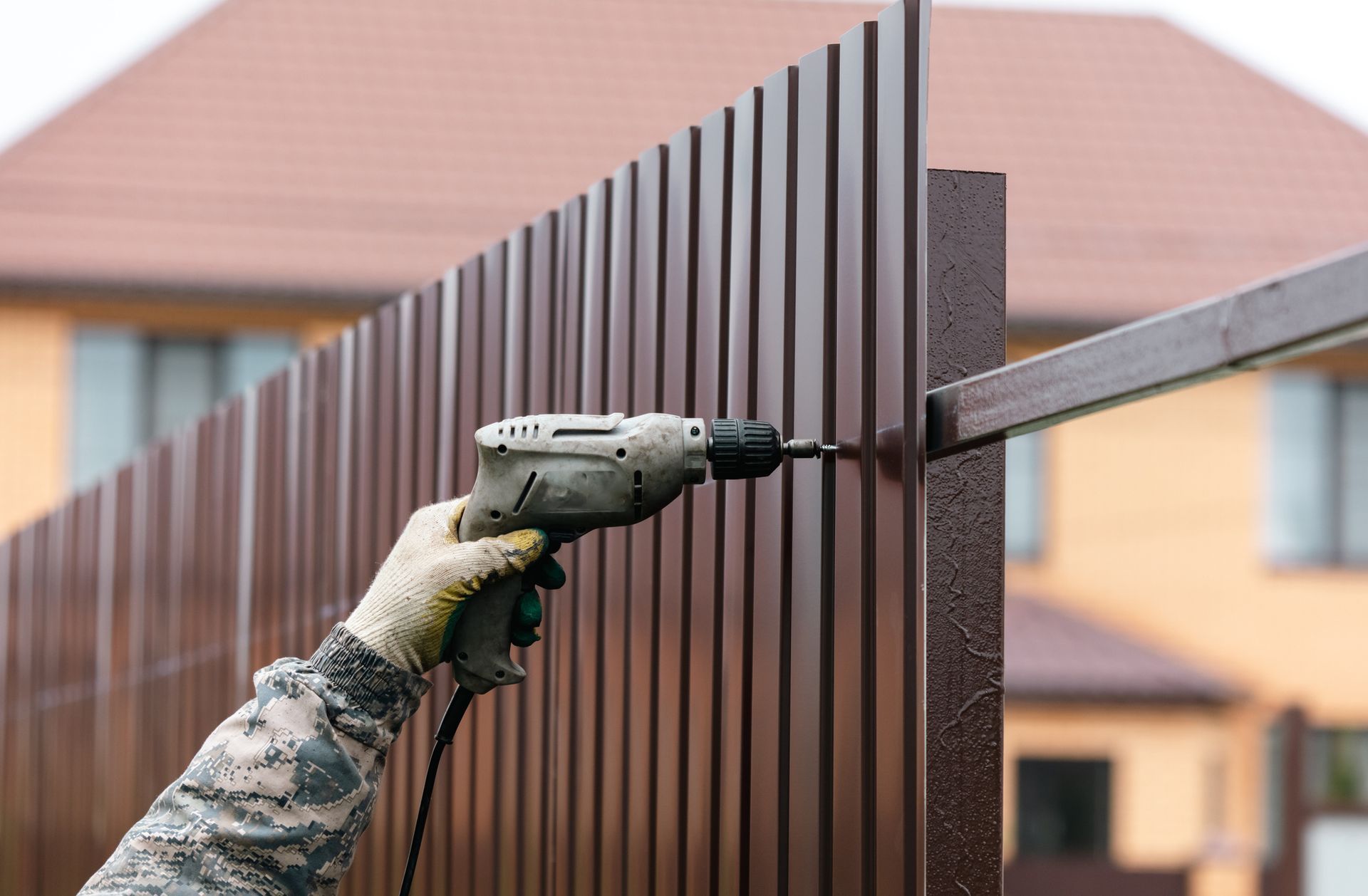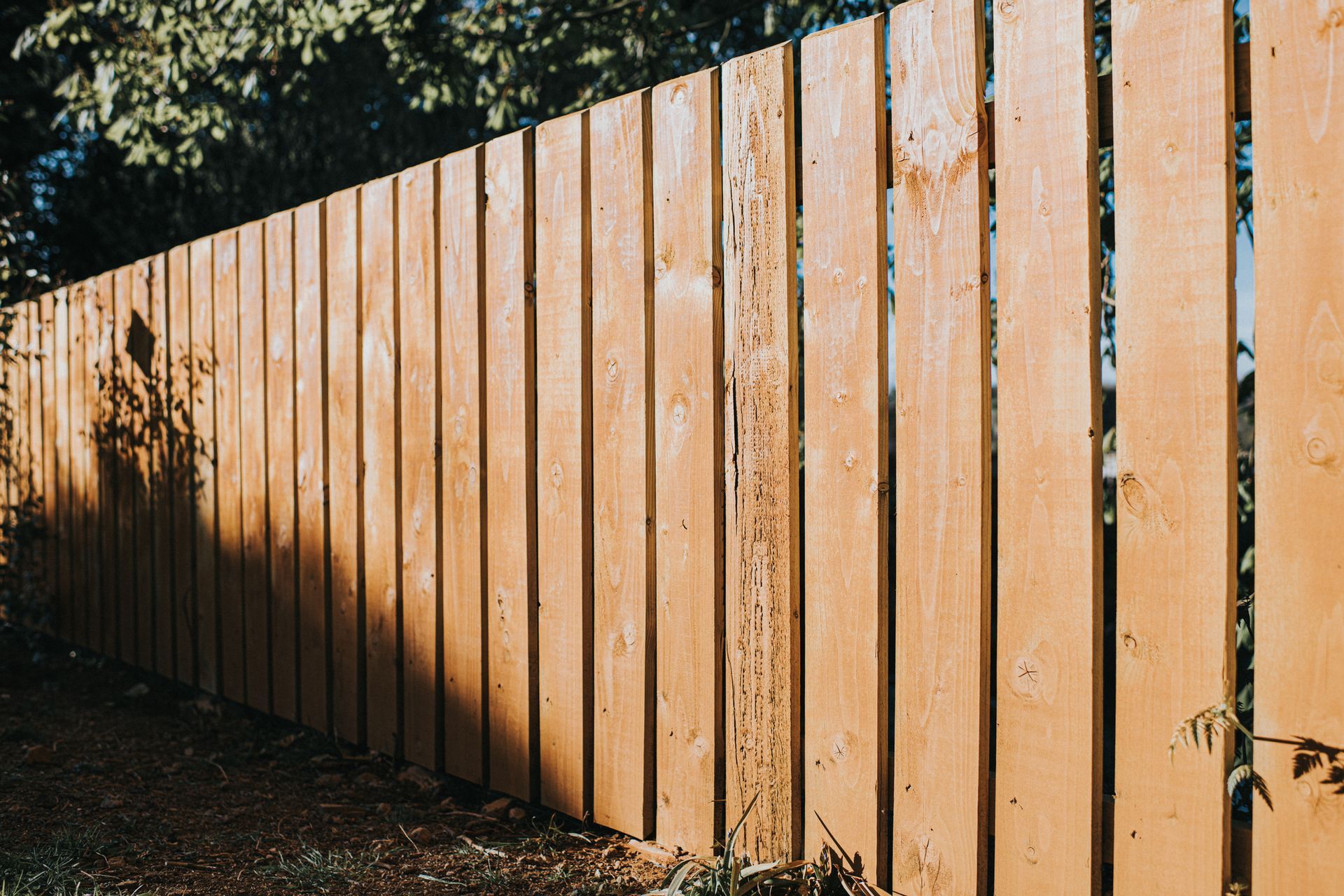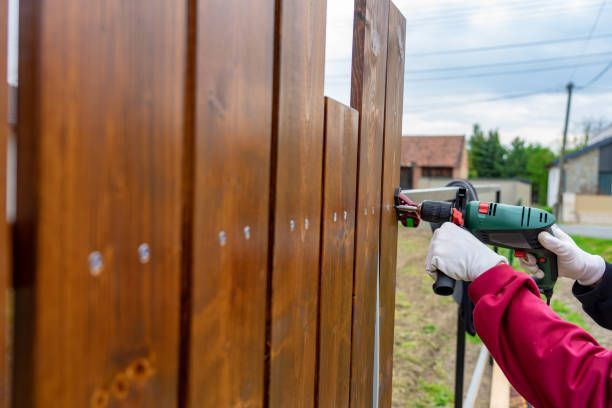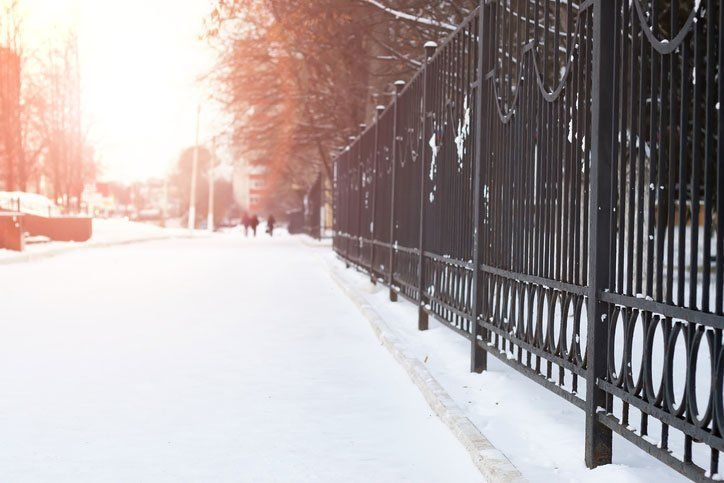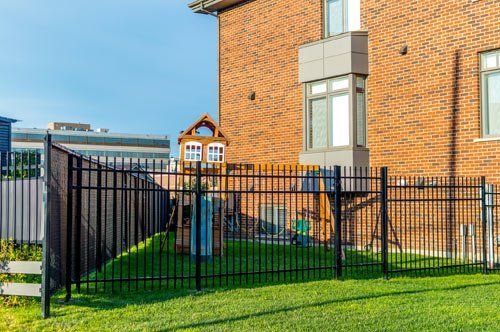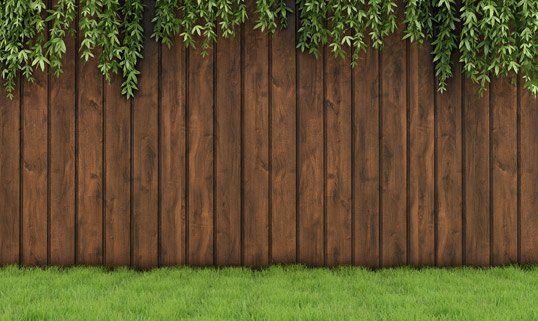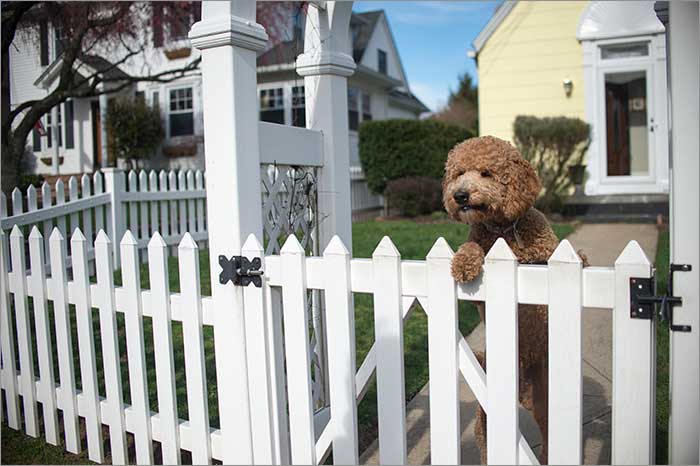Going Back In Time: History Of Wrought Iron Fencing
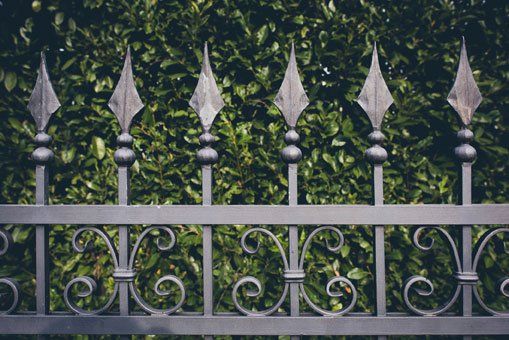
Wrought iron is one of the oldest materials for fencing. Traditional wrought iron fencing is still found in many homes and public spaces around the United States. Indeed, it's a traditional form of fencing in certain regions. However, wrought iron fencing is considered an upscale fencing option even for modern homes and businesses.
Origins of Wrought Iron Fencing
The manufacture of wrought iron dates very far back indeed, even to primitive times. However, early manufacture of iron was for very basic purposes. Manufacturing wrought iron, especially for fencing, dates back to the 12th century. Improvements in the smelting processes, which extract metal from ore, led to blacksmiths being able to utilize more of the metal.
The more sophisticated smelting process, combined in improvements in the forging processes, led to blacksmiths creating more involved shapes with the iron. The word "wrought" comes from an old form of the past tense of work — the smiths were producing worked pieces of iron.
Early examples of this wrought iron were still rustic by today's standards. Since the smiths were working the iron by hand, the finished results showed variations in uniformity. In any case, the wrought iron was used for fencing and other security measures in castles and palaces in Medieval Europe.
Wrought Iron and the Industrial Revolution
The 18th-century Industrial Revolution heralded even more changes in both the smelting and forging processes. At that time, manufacturers started using a reverberatory furnace, which utilized coal instead of wood for extracting the ore. They also used an agitation tool called a rabble. The resultant puddling process significantly increased the production of iron ore for fencing.
Forging of wrought iron was still largely done by hand. However, manufacturers developing a process called rolling. The extracted iron ore bars were piled up and reheated. Workers then rolled the iron until it became more uniform rolls, called merchant rolls. Smiths could use these rolls to create fencing.
Wrought Iron Comes to the New World
Wrought iron fencing came to the United States with the Colonists. However, early manufacturing processes still made wrought iron fencing too expensive for any but the wealthiest families. Then, the rise of blacksmithing in the New World led to wrought iron being more commonly used.
The Victorian era was the epitome of ornamental wrought iron fencing. Smiths made elaborate and beautiful fences with the scrolls, finials, and other fancy ornaments you now associate with wrought iron fences. Though it was still upscale fencing, wrought iron turned up around more homes. Southern cities, especially New Orleans, became renowned for their wrought iron fences.
That said, one of the most famous wrought iron fences was a bit farther North — in Washington, D.C. In 1833, wrought iron fencing was installed along the stone wall of the North Front of the White House. In 1873, wrought iron fencing was installed on the south side. Unfortunately, the wrought iron fencing was later replaced with steel fencing.
Modern Wrought Iron Fencing
There's a reason the White House fence was replaced with steel fencing — manufacturing steel fencing is cheaper and results in a more uniform product. Indeed, very few modern wrought iron fences are actually wrought anymore. The handmade aspect has been completely supplanted with factory manufacture.
Modern wrought iron fencing typically consists of tubes of steel or iron. Manufacturers use machines to work the tubes into shapes and also to create the ornamentation traditional with wrought iron fencing. The tubes are welded together to create fence panels of sturdy iron fencing. Powder coating technology has also resulted in wrought iron fencing coming in a variety of colors.
Though wrought iron has a long history, wrought iron fencing is not just for historical usage. Consult with AAA Fence LLC
about an ornamental iron fence that can complement your property.
